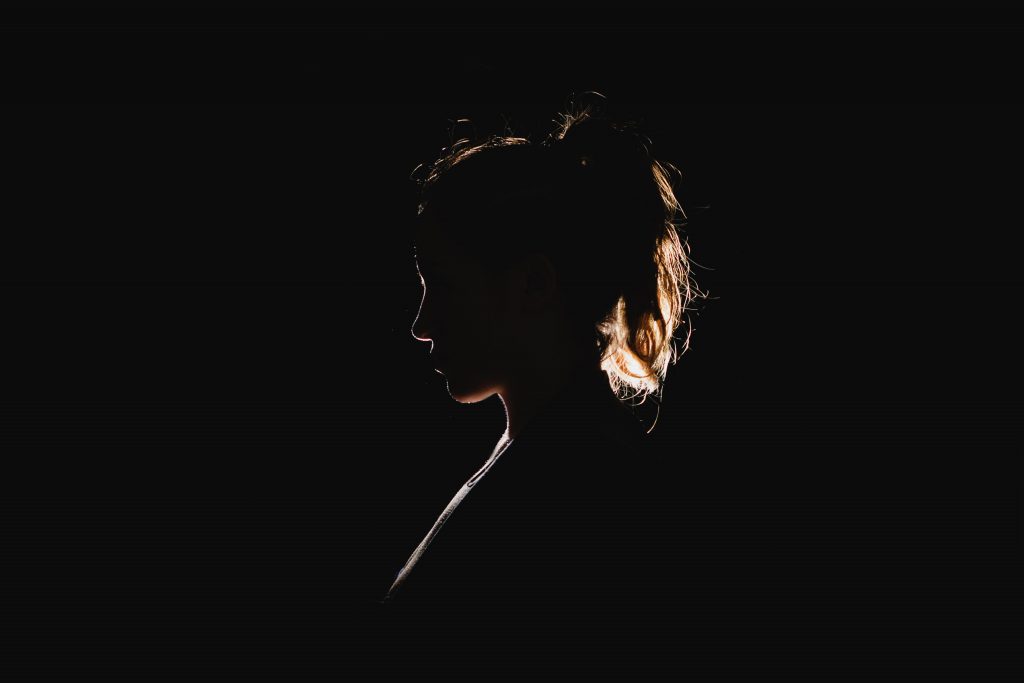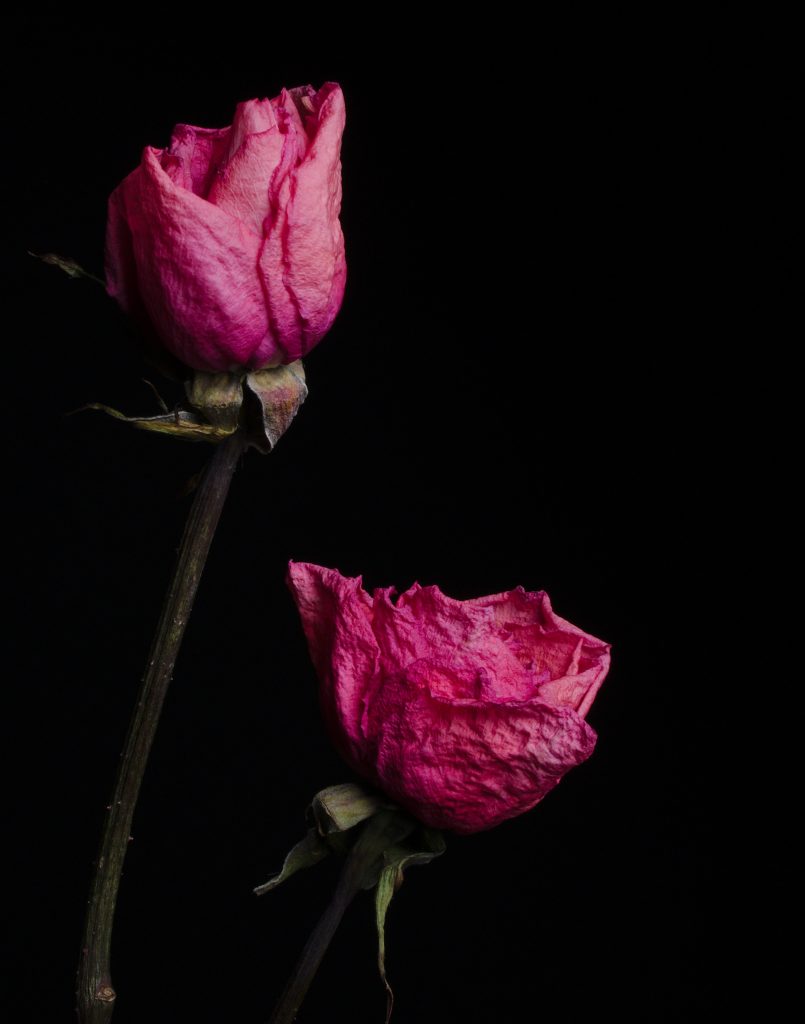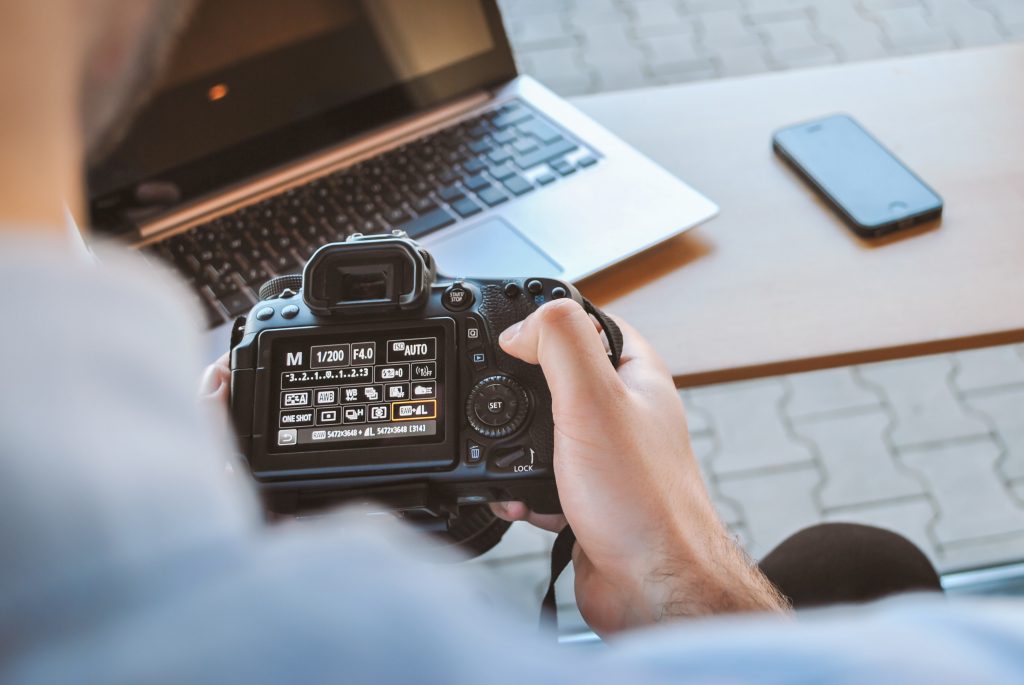Envira Gallery Blog
Digital Photography Tips, Tutorials and Resources
Digital Photography Tips, Tutorials and Resources

Last updated on Oct 7, 2021 by [email protected]
As a photographer, you already know the importance of backgrounds. They have the ability to make or break your photographs, and whether you shoot weddings, portraits, still life, or wildlife – a background that complements your subject has the power to elevate and enhance your photographs. And this stands true in the case of black backgrounds too.
For some, they might not seem like a big deal or even an ideal background, but many photographers, especially those who focus on portraits and still life, use a pure black background to make their images impactful and draw the viewer’s attention directly to the subject. Also, if you tend to stay away from black background photography because you don’t have that plain black backdrop or sheet lying around, we are here to tell you that even though it is the easiest way to do so, you don’t necessarily need either of those things to create a black backdrop for your images. With the proper lighting, angles, exposure, positioning, and camera settings, you can create photos that look like they were shot in a studio without actually ever stepping in one. And in this blog, we tell you exactly how to do that!

Like we said earlier, whether you are taking portraits or photographing products, the simplest and most convenient way to create that perfect black background for your images is to use a black cloth/sheet, a black wall, or a backdrop. All you will have to do is make sure that the light falls on your subject in the right way. If you are using this method, just make sure that your tool of choice has no distracting elements in it. Whatever you pick has to be pure black to get the desired effect. And if you are opting to use a black cloth or sheet, just make sure that it is not reflective. Something matte would be the ideal choice. Many pros also recommend using velvet. How you place the background is also your choice. Just try to ensure that there are no visible creases or folds on the backdrop. Otherwise, they might appear in your photograph too. Once you have your background, play around with the light and camera settings to see what gets you the desired effect.
Even though this is a comparatively easy option, you still have to do the work when it comes to lighting, positioning your subject/model, and camera settings. Using a black background may make it easier for you to get the shot, but in the end, it’s you (and your tools) that are going to put in the work for getting the final masterpiece.

If you can’t get access to a physical black background, then don’t worry. There are other ways to create the illusion of a black backdrop in your photos. Using the right light settings can also help you achieve that studio look. And it doesn’t matter whether you are outdoors or indoors; you can still create that plain black background in your photo by controlling the lighting. If you are using natural light, all you would have to do is place your subject in the area with the maximum amount of light, aka the brightest area of the scene and try to lower or completely eliminate the intensity of light in the surrounding areas. So, if you are in a room with a window or any other natural light source, place your subject close to it and make sure that other areas remain dark. If you don’t get it right on the first go, that’s okay. You can keep moving your subject around or choose to move around yourself (if practical) to get that perfect black background in the photo.
If you are using artificial lighting indoors and want to create a black background for your photos, one of the advantages you will have is more flexibility and control over how you illuminate your subject and scene. You will need to adjust the amount of light falling on the subject by either changing the amount of light that is illuminating your subject or changing the distance between the light source and the subject. Additionally, you will have to maintain a certain distance between the subject and the background to ensure that the light does not illuminate your background, making it lighter. Moving the background further away can make it look comparatively darker. In some cases, your subject may require some backlight in order to have some definition and detail. This will also keep it from blending into the background. This distance between the background and your subject is especially required when you photograph something that can easily blend with the background.
Portraits with black backgrounds can be shot indoors, outdoors, or in a studio – it’s all up to you! And like we said above, you don’t really need a black backdrop to create images that have one. If you are shooting portraits outdoors, we suggest that you look for spots that have bright light and shade in order to create the right contrast. In an ideal setting, which may not be the easiest to find in situations where you have limited control over lighting, place your subject in the light and use the shaded area as the background. You could use the same technique when you are shooting portraits indoors but with natural lighting. But remember that it’s essential that the light illuminates your subject without illuminating anything else around it. This is how your background will appear black even when it isn’t.
You must remember to adjust your camera settings when you are trying to create a black background in your portraits or any other type of photograph using artificial light. Look through the viewfinder and check where your backdrop appears the darkest while your subject stays illuminated. You can try to get the shot in camera, but if the black backdrop comes out looking a little lighter than you expected, you can always make changes during the post-production stage.

Creating a black background for still life photography is not very different than the process we have shared for creating one for portraits. Using a low ISO, a fast shutter speed, and a narrow aperture, photograph your subject using the same background and lighting setup you would use for shooting portraits. Whether you are photographing products or fruit or flowers, shooting them against a dark black background could really help make them shine, so this is a technique you might want to invest some time and effort in. Also, needless to say, whether you are shooting portraits or still life, you could always make use of an actual black sheet or backdrop. So if you often find yourself in situations where you need to create a black background in your images, you could also consider investing in one that suits your needs.
Suggested Read: 10 Best Food Photography Tips
When you are shooting images with a black background or trying to create a black background in your photographs, we’d suggest that you always try to get it right in camera. However, we get it. That’s not always possible, and when that dark black backdrop you want comes out looking grey or not so dark, photo editing software could be the fix! When you find yourself in this spot, then your next best option is to turn to photo editing software like those created by Skylum or Adobe. During the post-production process, you can also adjust contrast and exposure in your images and use various tools to add or remove texture or light from your photos.
Suggested Read: How to Make a Background White in Photoshop

Did you know that you could get a plain black background for your photos no matter what the actual color or type of background your subject is placed against? The right camera settings and, of course, lighting, can help you do that! One of the most basic tips for black background photography, especially when you need to create a black backdrop, is to shoot in manual mode. Like with artificial lighting, using the manual mode will give you more control over what you shoot.
Next, to get the contrast right in camera or even close to what you want, set the lowest ISO setting on your camera and the highest possible shutter speed. Choose a moderately narrow aperture value and then check how your frame looks. While working without a black backdrop and solely relying on light and camera settings, it would be helpful if you just took some test shots to check whether you have the desired background or not. If you don’t like what you see, you can make further adjustments. If you are not working with natural light, use your camera’s flash to illuminate your subject. But make sure that the light falls only on your subject and not the background. If the flash is too harsh, you could use a diffuser to control how it falls on your subject.
Suggested Read: Your Guide to the Best Mirrorless Cameras of 2021

Photos with black backgrounds look professional, they tend to have a powerful visual appeal, and they almost always instantly attract the viewer’s attention. With no distractions in the background, it’s more likely that they will pay attention to your subject.
Like we said above, the easiest and quickest way to get that pure black background in your photos is by using a cloth or sheet. But not everyone has that lying around, and if you don’t, then we would highly recommend that you start getting acquainted with your camera and what it can do for you when it comes to creating the desired impact. With the right lighting, camera settings, angles, positioning of your subject, and a few other things – you can create that pure black backdrop in your photographs both indoors and outdoors. Being a photographer is all about bringing your vision to life through your skills and tools, and in the journey to do so, you are probably going to have to experiment a lot.
Creating a black background in your photos without actually having one AND making the image look like it was shot in a studio can take some practice and patience. But if you want to get to that place, the journey is worth it! You could start practicing with still life, portraits, flowers, and anything else around you. Experiment and play around with lighting and exposure and how different angles, perspectives, and camera settings can help the photos you create stand out. In the end, it comes down to how you visualize your photograph. If you are unable to get the kind of black backdrop you want in your photo in camera, then you can always use post-processing tools to lighten or darken your background.
Further Read: A Beginner’s Guide To Avoiding Common Camera Settings Mistakes
We hope that the above tips help you bring out the creative genius in you and empower you to create black backgrounds for your photographs – with or without a black sheet, cloth, or studio. We love helping you hone your skills and learn new ways to shoot, but if you have any other tricks or techniques that you use to create that perfect background, let us know in the comments!
Envira Gallery helps photographers create beautiful photo and video galleries in just a few clicks so that they can showcase and sell their work.
